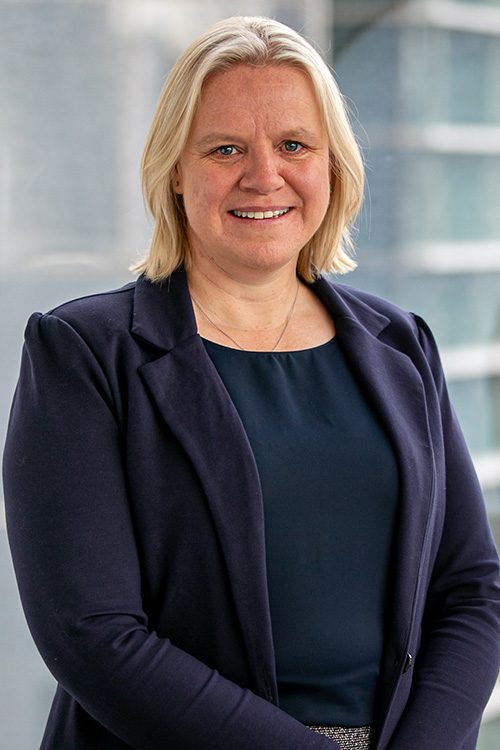Starting in private practice provides various new obstacles, one of which is managing your own taxes. Do you know what your obligations are, and will you be ready by tax time?
Where to start?
Chances are you’ve never had to worry about this before. Your employer has withheld your tax for you each pay cycle and once a year you receive a nice little refund from the tax office. Things may be different now, but they don’t need to keep you awake at night. Here are some tips for the main issues you need to know.
Business Activity Statements and GST
Most practitioners will bill enough patients that they are required to be registered for GST (more than $75,000) or will voluntarily register for GST. This creates an administrative obligation in your quarterly Business Activity Statement (BAS). However, it also provides you with a good opportunity to track the success of your business and begin planning for your impending bill. If you utilise cloud-based software this process will be simple – alternatively we have developed Excel templates.
Preparing for tax time and the PAYG Instalment System
As you are no longer an employee having tax withheld from your salary, you are required to pay instalments towards your tax being Pay as You Go Instalments (PAYGI). Generally, these are paid quarterly based on your prior year’s income. In the first year you have private practice income there is no prior year to base it on. For those lodging through a tax agent this can be as late as 23 months after entering private practice. At this point, you will have to fund two years’ worth of tax on your earnings over the period. Without planning, this could lead to a liquidation of assets.
Setting up an interest-bearing bank account will allow you to put funds aside for tax time and separate them from your everyday or business transaction accounts. Transferring an amount periodically to your tax savings account will allow you to chip away at your tax obligation. Use the tax bracket that you expect to fall into as a guide in deciding what the amount should be. You can then use your quarterly BAS statement to review whether you have paid too little or too much for that quarter and adjust as required.
Once you have entered the PAYGI system, keep in mind that your business is forever changing and so will your bottom line. You should continue to review your instalments as you have the option to vary them as your income increases or decreases.
Boosting your financial position prior to tax-time
There are several strategies to boost your financial position prior to tax time. Here we look at the top three.
- Capital gains
A capital gain arises when a taxable capital asset is sold off at profit. For an individual medical practitioner, this most commonly relates to the sale of:
- Shares held as investments;
- Investment property; or
- Distributions of capital gains from managed funds.
Review your asset portfolio prior to 30 June for any unrealised losses that could be crystallised. Any loss on the disposal of an asset can be used to offset any capital gain made. For example, a capital loss on shares may be offset against a capital gain made on the sale of an investment property. It is important to note that capital losses are not lost if not used, simply carried forward until a capital gain arises.
2. Superannuation
As you are no longer an employee having SGC paid on your behalf you may wish to consider contributing member contributions to your fund. Provided you meet the caps and rules noted below then the amount will be a tax deduction, will reduce your taxable income, and ultimately the amount of tax you pay.
- Superannuation contributions for both personal and employee contributions must be paid, processed and received by the super fund prior to 30 June to be deductible in the same financial year.
- Outlined below are the 2019-2020 superannuation contribution caps:
Concessional Contribution Cap Non-Concessional Contribution Cap $25,000 $100,000** - **for members 65 or over but under 75
- Importantly, for doctors in practice there may be an opportunity to make a tax-deductible contribution to superannuation for your spouse. Certain conditions need to be met for this to apply, if you would like more information on this please contact us.
3. Small business instant asset write-off
Recent changes to the instant asset write-off threshold have seen it increased to $30,000 and extended until 30 June 2020. As of 1 July 2020, the threshold will revert to $1,000.
The write-off allows small businesses with an aggregated turnover of less than $10M to claim a deduction for assets costing les than $30,000, given they were purchased from 7.30pm (AEDT) on 2 April 2019 and used within your practice.
Overall the key to success is to not stick your head in the sand. If you create a system in which you periodically chip away at your tax obligations you will find that it creates a far more pleasant and bearable experience come financial year end. Your advisor will appreciate your anticipation too.
















